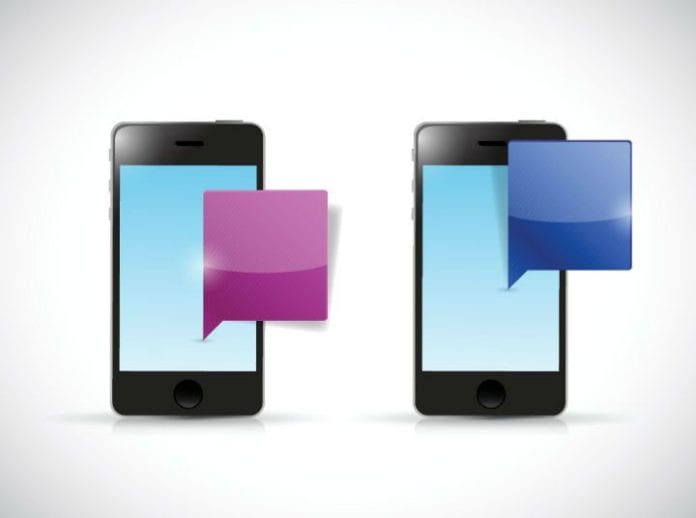Application-to-person text messaging platforms will see expansion from new business models, enterprise adoption and take a bite out of IoT.
Editor’s Note: With 2017 now upon us, RCR Wireless News has gathered predictions from across the mobile telecommunications space on what they expect to see in the new year.
Application-to-person messaging is going be a major player in the telecoms space this year, with new partnerships forming between instant messaging apps and large enterprises. The A2P text messaging business-as-a-service model, already gaining significant traction in 2016, will advance even faster as operators ally with mobile messaging specialists to handle A2P text messaging traffic. Text messaging is also set to become a fundamental delivery mechanism for mission-critical messages from “internet of things” devices.
BaaS to the future
The past 12 months have seen the A2P text messaging BaaS model reach a new stage of maturity. It’s not only given mobile operators the tools and expertise needed to take advantage of the A2P text messaging opportunity that’s on the horizon, but also to target new verticals. In 2017, this type of business model is going to advance at a faster pace with operators turning to mobile messaging specialists to handle their A2P text messaging traffic, thereby accessing new revenue opportunities and making A2P text messaging an integral part of their approach.
A message for IoT device manufacturers
In the wake of countless IoT security concerns, 2017 will see the professional text-messaging channel become the trusted delivery mechanism for many connected devices. Whether supporting mission-critical infrastructure for the industry, driving connected cities or for IoT applications with a high threat level such as connected health devices, text messaging will become essential for prompt and secure message delivery.
Beyond this, text messaging is already being used as a key delivery mechanism for all manner of consumer and industry facing use cases. From text message alerts being sent to alert an owner their car battery is full to technicians being made aware of an equipment malfunction in the field, these examples are already wide ranging. The potential for text messaging application protocol interfaces will grow even further with the IoT driving demand for the integration of a text messaging component at various points in the ecosystem.”
“Omni” bots
Chatbots have become one of the most visible and talked about areas of messaging development in recent months. In 2017, however, the wide-ranging applications of this technology will be pushed even further and will be used for new customer support, customer engagement and e-commerce purposes.
Over the next 12 months, chatbots will also become intrinsically linked to the development of omnichannel. There’s going to be much more demand for automated and platform agnostic chatbots designed to offer a uniform experience to users instead of forcing them to use one specific channel to access this technology.
Different kinds of bots and bot logic will be developing rapidly in 2017, driven by the advances in machine learning and natural language processing. A program (bot) able to learn from sets of data and orchestrate responses and processes accordingly has huge potential to improve customer communications, satisfaction and engagement.
This is no longer in the distant future. It’s happening already and can only accelerate in 2017.
Enterprises start chatting
We’ll see bolder moves from instant messaging apps as they enter the A2P messaging space. It’s a shift that began in 2016, and will continue throughout the next 12 months. Internet brands have dominated consumer messaging with the likes of WhatsApp, Line and Viber, all focused on person-to-person communication. The next step will be to open their APIs to enterprises. But making the switch won’t be easy.
Large retailers, fashion and automotive brands are starting to adopt multichannel and omnichannel strategies to better engage customers and drive sales. Subsequently, more of these companies are receptive to the idea of adding a “sexy” messaging app to their marketing mix. The only drawback is instant messaging apps tend to be proprietary and only accessible to closed groups, preventing large-scale engagement with customers.
Many brands like the idea of having a popular messaging app as part of the business communications suite. They feel it will add vibrancy to customer engagement. But will it work as a standalone tool? Probably not. For over-the-top companies to succeed in the A2P messaging space in 2017, many will seek partnerships with established business messaging providers.
It will be interesting to see what kind of services will be developed and how the internet brands and their enterprise customers collaborate to deliver those services.

